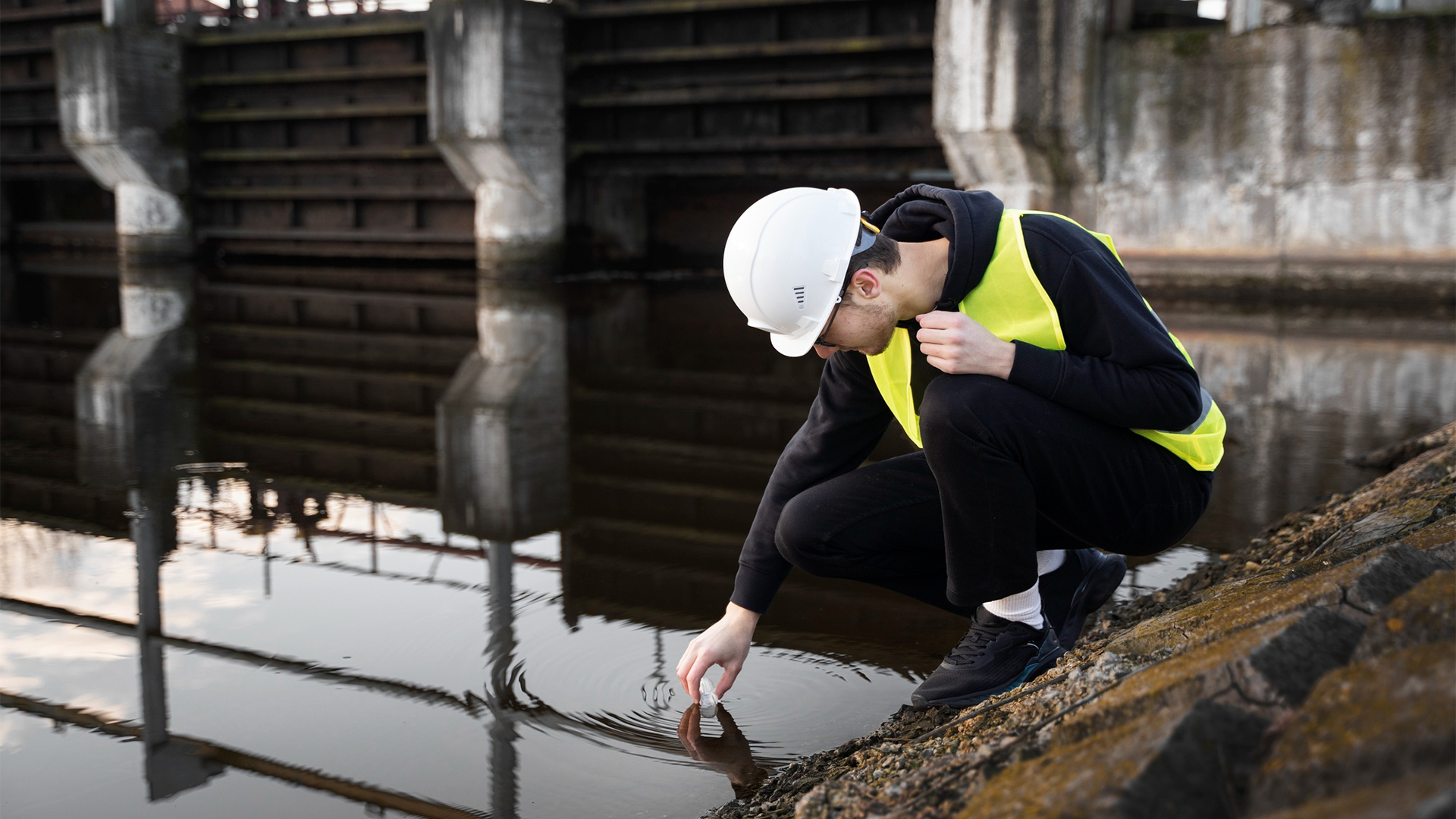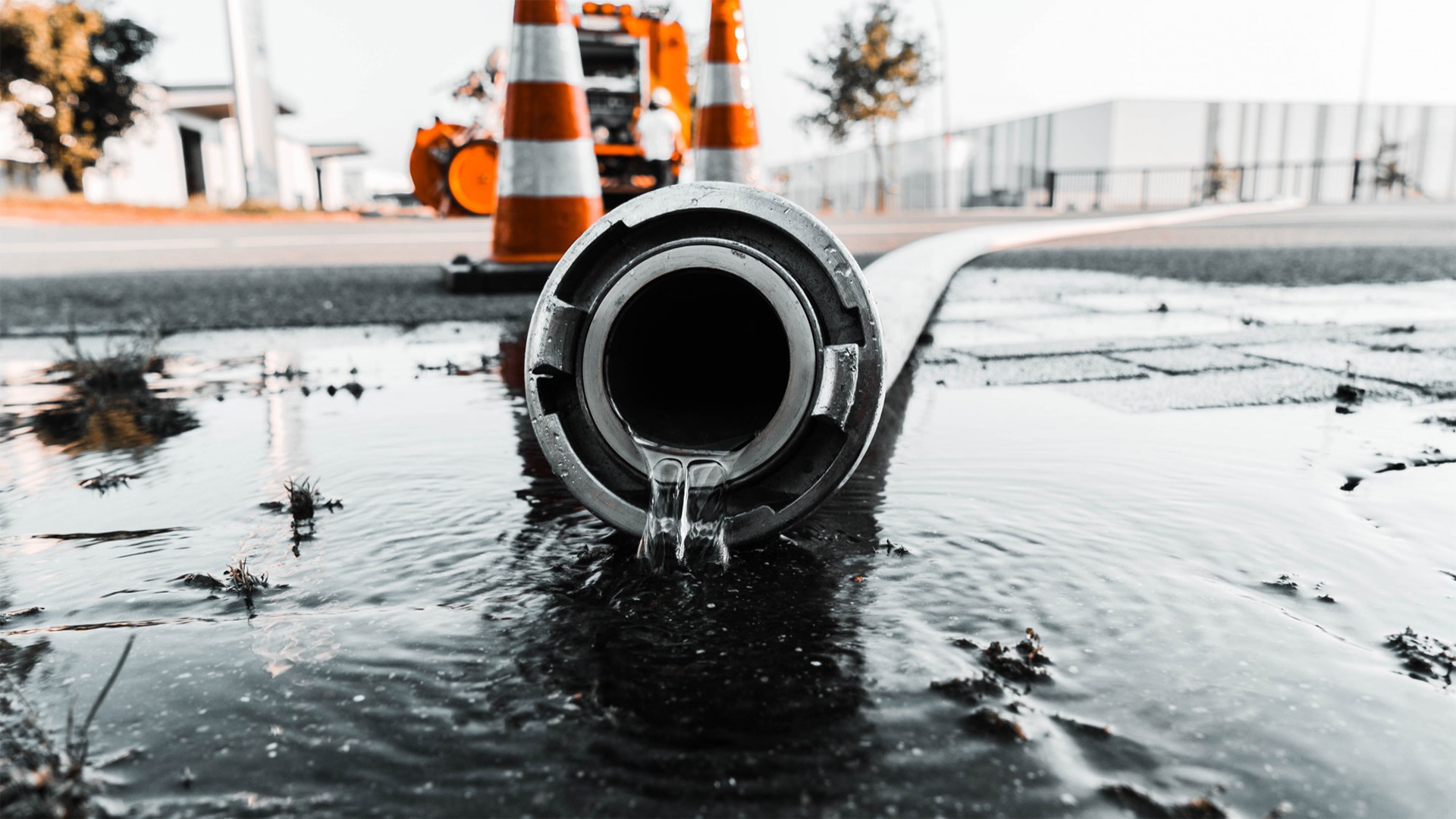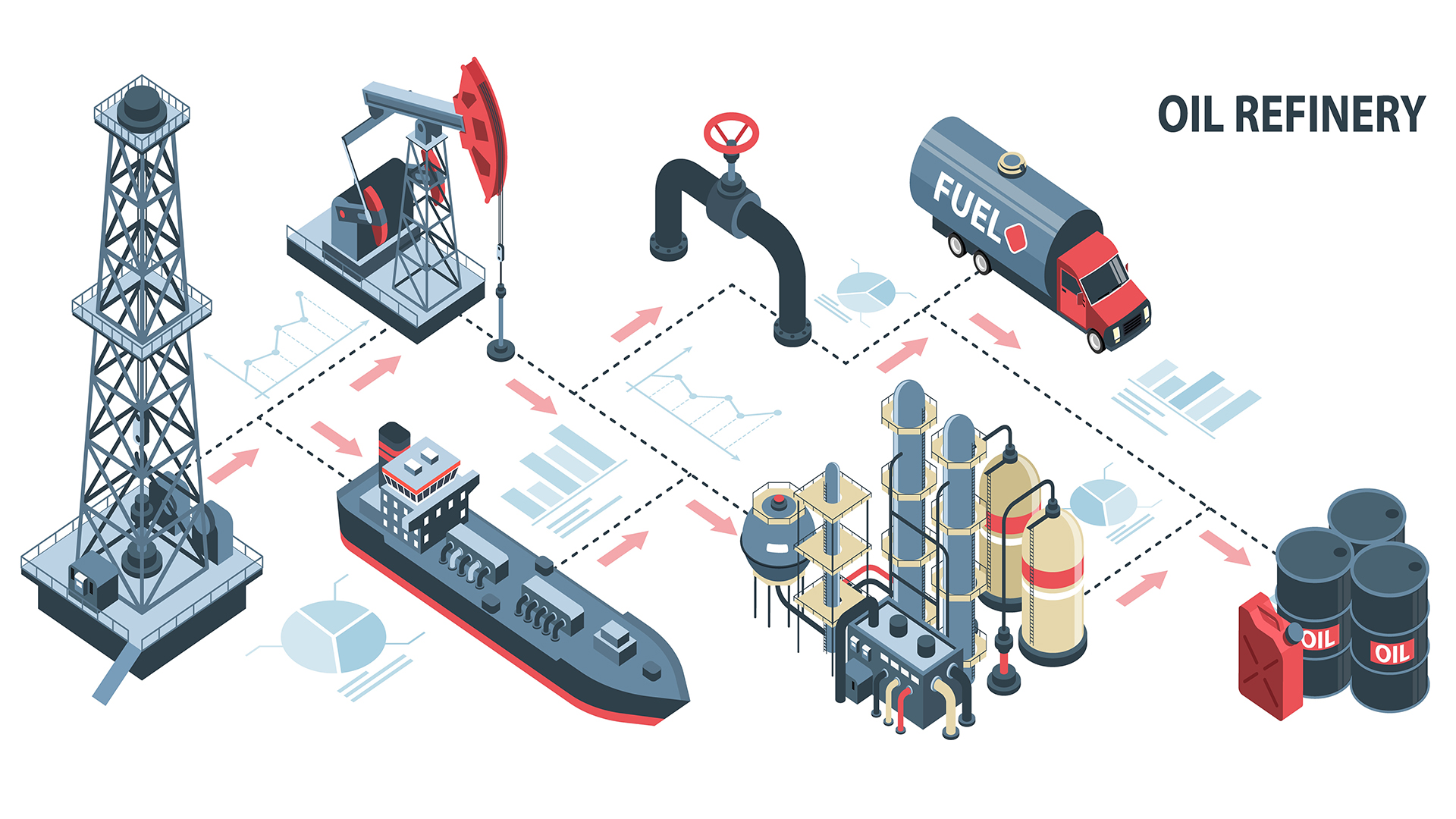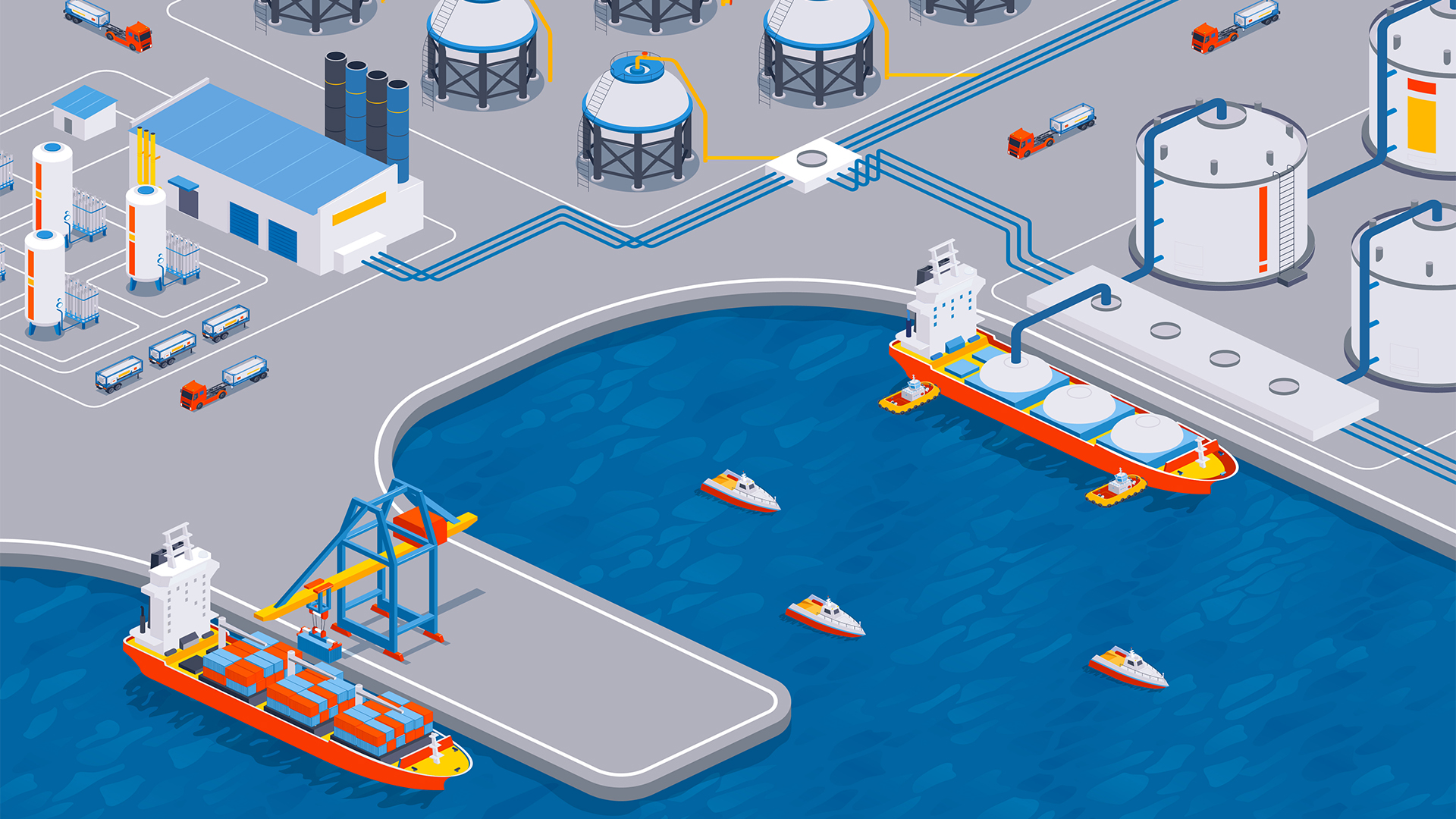
Advanced Reservoir Management Techniques
Course overview
The goal of this course is to introduce learners to techniques for safely, economically, and environmentally optimizing production and recovery. By identifying the most promising and mature prospects at a reduced cost per barrel, it will assist attendees in maximizing the value of their knowledge and applying it to boost field earnings.
Why is reservoir management necessary?
The primary concern of the majority of organizations is maximizing income revenues from their current assets; well and reservoir management will contribute to the achievement of this objective. This course will outline the tasks that must be completed in order to manage reservoirs, facilities, and wells in an efficient manner.
What do facility management and well reservoirs mean?
Well reservoir and facilities (WRF) management refer to the application of techniques in which committed teams collaborate to effectively manage WRFs and guarantee that the WRF operates at almost 100% capacity every day. The goal of the training is to familiarize participants with the instruments required to locate oil and reserves, minimize WRF downtime, cut losses, and understand both production and injection. We’ll talk about the significance of the WRF management strategy plan, a choke model diagram, the opportunity maturation process, and routine evaluations.
The goal of the course will be to outline the WRM plans that can be used to carry out the WRFM strategy with success. Several laws specify the plan for appropriate measurement, monitoring, and verification, which tries to confirm CO2 containment in the storage complex and compliance with WRFM’s long-term behavior.
Organizations and individuals can realize development goals and efficient operation throughout a reservoir’s life cycle with the aid of sound and integrated reservoir management. High recovery factors can be achieved more easily if reservoir management techniques are applied appropriately.
Introduction
An introduction to a course on “Well, Reservoir, and Facility Management – Process, Practice, and Impact” should provide students with an overview of the course’s significance, the field of well, reservoir, and facility management, and the main topics that will be addressed.
Greetings from the vibrant and diverse realm of “Well, Reservoir, and Facility Management – Process, Practice, and Impact.” We will travel deep into the oil and gas sector and examine the complexities of overseeing the essential elements of producing hydrocarbons in this course.
We are The Training Bee, a global training and education firm providing services in many countries. We are specialized in capacity building and talent development solutions for individuals and organizations, with our highly customized programs and training sessions.
As we begin this educational adventure, you will acquire the information and abilities necessary to apply well, reservoir, and facility management ideas in practical situations, in addition to gaining a thorough grasp of these topics. This course will provide you the skills necessary to succeed in the oil and gas production sector, regardless of whether you are a seasoned industry expert or a student keen to learn more about this important field.
So, let’s get out on this journey together to learn the techniques, procedures, and significant results of reservoir, well, and facility management. Thank you for visiting “Well, Reservoir, and Facility Management – Process, Practice, and Impact”!
Learning Objectives
Upon completing Well, Reservoir and Facility Management – Process, Practice and Impact, participants will be able to:
- Know which procedures to use for data collection, analysis, validation, and integration.
- Explain the process of opportunity maturation.
- Recognizing reservoir and facility operations
- Apply the appropriate reservoir engineering and management techniques.
- Provide organized evaluations to find chances
- Describe the process of preparing a reservoir, well, and facility management plan.
- Don’t forget to mention the significance of timing, cost, and benefit analysis for each reservoir component.
- Perform optimization of the production system.
- Describe the elements that make up the facility management value loop, reservoir, and well.
Our Unique Training Methodology
This interactive course comprises the following training methods:
- Journaling – This consists of setting a timer and letting your thoughts flow, unedited and unscripted recording events, ideas, and thoughts over a while, related to the topic.
- Social learning – Information and expertise exchanged amongst peers via computer-based technologies and interactive conversations including Blogging, instant messaging, and forums for debate in groups.
- Project-based learning
- Mind mapping and brainstorming – A session will be carried out between participants to uncover unique ideas, thoughts, and opinions having a quality discussion.
- Interactive sessions – The course will use informative lectures to introduce key concepts and theories related to the topic.
- Presentations – Participants will be presented with multimedia tools such as videos and graphics to enhance learning. These will be delivered engagingly and interactively.
Training Medium
This Well, Reservoir and Facility Management – Process, Practice and Impact training is designed in a way that it can be delivered face-to-face and virtually.
Course Duration
This training is versatile in its delivery. The training can be delivered as a full-fledged 40-hour training program or a 15- hours crash course covering 5 hours of content each day over 3 days
Pre-course Assessment
Before you enroll in this course all we wanted to know is your exact mindset and your way of thinking.
For that, we have designed this questionnaire attached below.
- In the context of the oil and gas business, what is well, reservoir, and facility management, and why is it crucial for effective hydrocarbon production?
- What are the main goals of facility, reservoir, and well management? What role do these goals play in maximizing the production of oil and gas?
- What effects do reservoir, well, and facility management procedures have on an oil or gas field’s whole life cycle—from discovery to abandonment? Describe the steps involved.
- Talk about the essential elements and technologies of reservoir, well, and facility management. How can these elements cooperate to optimize output and financial viability?
- Describe the function that data collection and monitoring play in the management of reservoirs, wells, and facilities.
Course Modules
This Well, Reservoir and Facility Management – Process, Practice and Impact covers the following topics for understanding the essentials of the Agile Workplace:
Module 1 – Optimal Daily Production
- Review of Daily Production Optimization
- Exercise for Daily Production Optimization
- At your fingertips: data
- Safety Moment for HSE
- Synopsis of Everyday Production Enhancement
Module 2 – Overview of the Value Loop and WRFM
- WRFM Test
- Value Loop WRFM
- Safety Moment for HSE
- Essential Elements & Organization of WRFM
- Well and Reservoir | Facilities Administration
Module 3 – Examine Well & Pattern
- Alright, & Pattern Review Task
- Alright, & Pattern Analysis
- Safety Moment for HSE
- Setting Up the Well and Reviewing the Pattern
- Process of Opportunity Maturation
- Mechanisms & Concepts of EOR Processes
Module 4 – Optimization of Production Systems
- PSO Analysis
- Production System Optimization Overview
- Exercise in Production System Optimization
- Tools for Surveillance and Monitoring
- Safety Moment for HSE
Module 5 – Participants Challenge: Well, Reservoir, and Facility Management Strategy & Plan
- (Ptl) Create the Boundary
- Real-World Illustrations of WRFM
- Takers of the WRFM Challenges
- EOR Procedures | Guidelines & Screening
- WRFM Plan and Strategy
Module 6 – Observational Methodology
- Level Surface
- Well Monitoring
- Pumping Wells
- Gathering Data about Reservoirs
Module 7 – WRFM Measures
- Holding Tank
- Modeling Approach
- Unit of Compressor and Conditioning
- IPSSM
Module 8 – Primary Value Generators
- Operational System
- Storage Restrictions
- E and A Wells abandoned
- CO2 Inventory Reliability
- Educating for Upcoming CCS Initiatives
- Geotechnical Stability
Module 9 – Data on Reservoir Engineering
- Geological Model Statics and Reservoir Simulation
- Complete Surface and Subsurface Integration
- Data Types: Properties of Rock and Fluids in Reservoirs
- Effective Reservoir Performance Monitoring
- When the Need for Simulation Models Occurs
- Identification and History Matching of Bypassed Oil
Post-course Assessment
Participants need to complete an assessment post-course completion so our mentors will get to know their understanding of the course. A mentor will also have interrogative conversations with participants and provide valuable feedback.
- Provide an overview of the main ideas and tenets of facility, reservoir, and well management.
- Describe the function that data collection and monitoring play in the management of reservoirs, wells, and facilities.
- Give an overview of the key elements and technologies used in reservoir, well, and facility management.
- Consider the effects of reservoir, well, and facility management on an oil or gas field’s whole life cycle, from discovery to abandonment.
- Talk about the significance of simulation and modeling for reservoirs in reservoir management.
- Examine the financial implications and contributing costs of managing a well, a reservoir, and a facility.
- Consider how managing reservoirs, infrastructure, and oil and gas wells affects the environment and sustainability.
Lessons Learned
Integration of Disciplines: Geology, reservoir engineering, production engineering, and facilities management are just a few of the disciplines that are needed in the interdisciplinary field of well, reservoir, and facility management. The significance of integrating these disciplines for efficient management ought to have been emphasized in the course.
Life Cycle Perspective: From exploration and development to production and final abandonment, well, reservoir, and facility management covers the full life cycle of an oil or gas field. The importance of managing assets throughout their life cycle to maximize output and financial efficiency should be understood by students.
Data-Driven Decision-Making: The collection, tracking, and interpretation of data are essential components of efficient management. It should have been taught to the students that problem-solving, decision-making based on facts, and optimizing field performance all depend on data-driven decision-making.







